Affiliate links on Android Authority may earn us a commission. Learn more.
Google Pixel prices: How have they changed over the years?
Published onApril 20, 2023
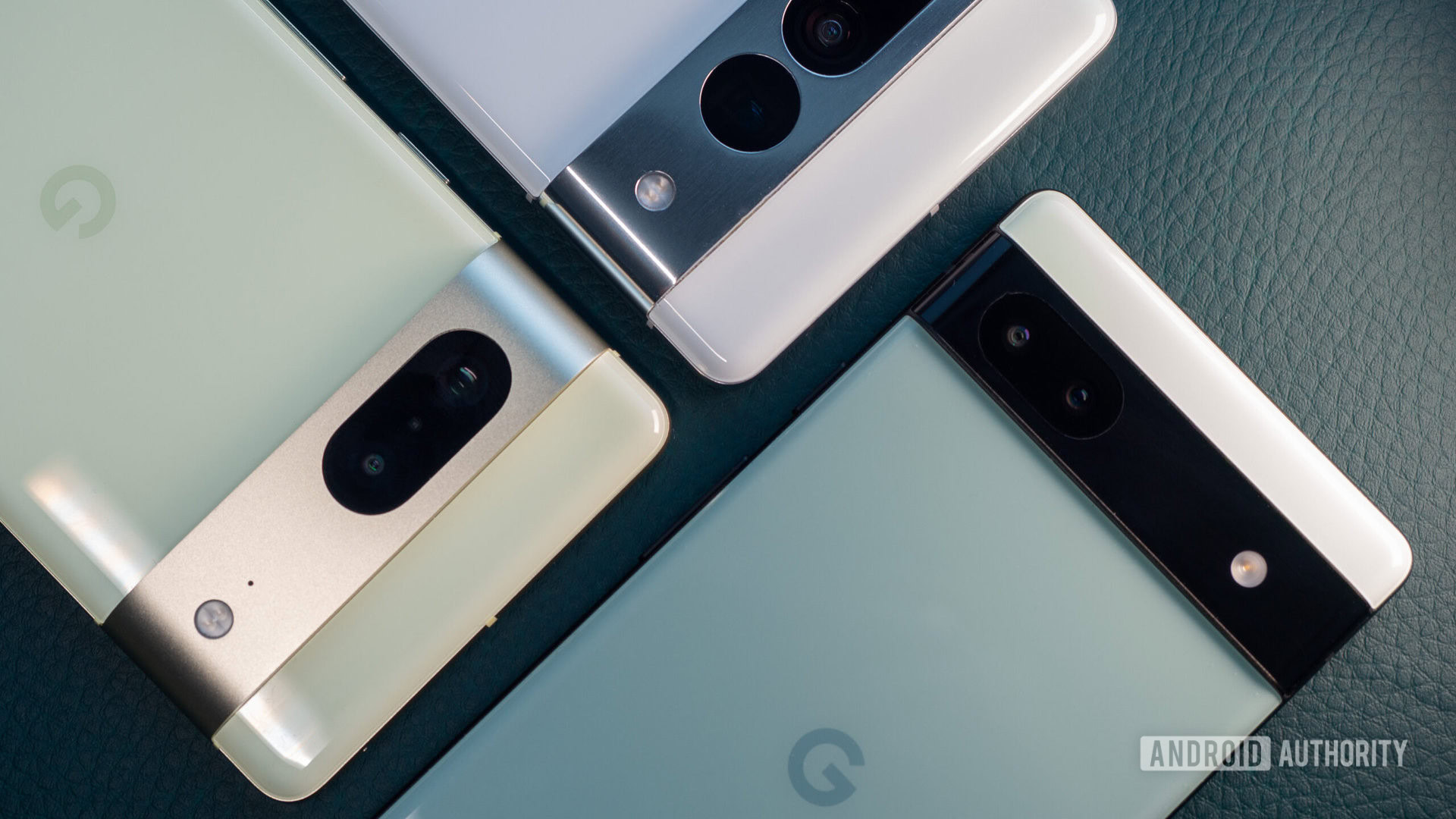
Google’s first smartphone line, the Nexus series, definitely wasn’t synonymous with ultra-premium design and features. The company has attempted to change that perception with its current phone family, the Google Pixel series. But that Nexus-to-Pixel name and strategy shift also resulted in another fundamental change — higher Google Pixel prices.
While flawless hardware still isn’t Google’s strong suit, the company’s software innovation has taken the Pixel series from zero to tech-enthusiast hero. To see how the company’s roadmap has changed since 2016, we’ve compiled price tags (along with prices adjusted for inflation) and some key product talking points for every Pixel handset so far.
Google Pixel price: $649 – $869 ($789 – $1056)
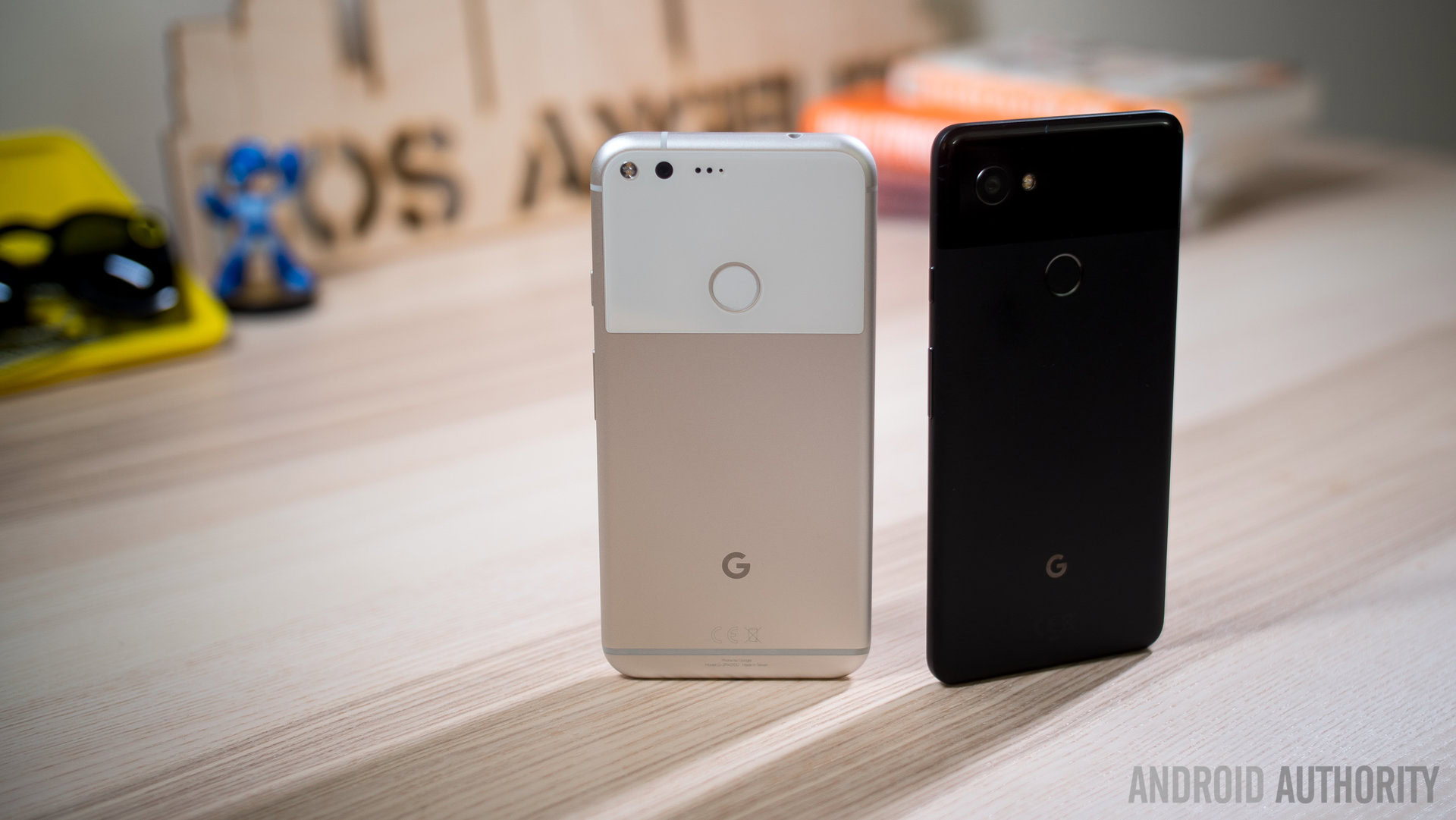
At $649 ($789 today), the original Pixel seems relatively cheap compared to today’s flagships, but this wasn’t a particularly affordable debut. Samsung launched its Galaxy S7 flagship for $689. Meanwhile, the swanky S7 Edge variant retailed for $779, just a fraction more expensive than the Pixel XL’s $769 debut. The 128GB Pixel XL costs an eyewatering $869 ($1056 today), while the ill-fated (and combustible) but far more sophisticated Galaxy Note 7 costs $850. The Pixel series clearly intended to play with the big kids from day one.
The search giant didn’t shy from charging premium Google Pixel prices, even though, frankly, the first-generation Pixel’s hardware was hot garbage. The metal and glossy finish chipped too easily, the phone lacked the increasingly standard IP68 water and dust resistance rating, and the rear camera didn’t even feature OIS. There wasn’t a lot of hardware on offer for such a high price tag.
Instead, Google Assistant, the Pixel Launcher, and Google’s impressive HDR+ photography software won Google some early fans. To this day, software remains one of the most compelling reasons to purchase a Pixel handset.
Google Pixel 2 price: $649 – $949 ($772 – $1129)
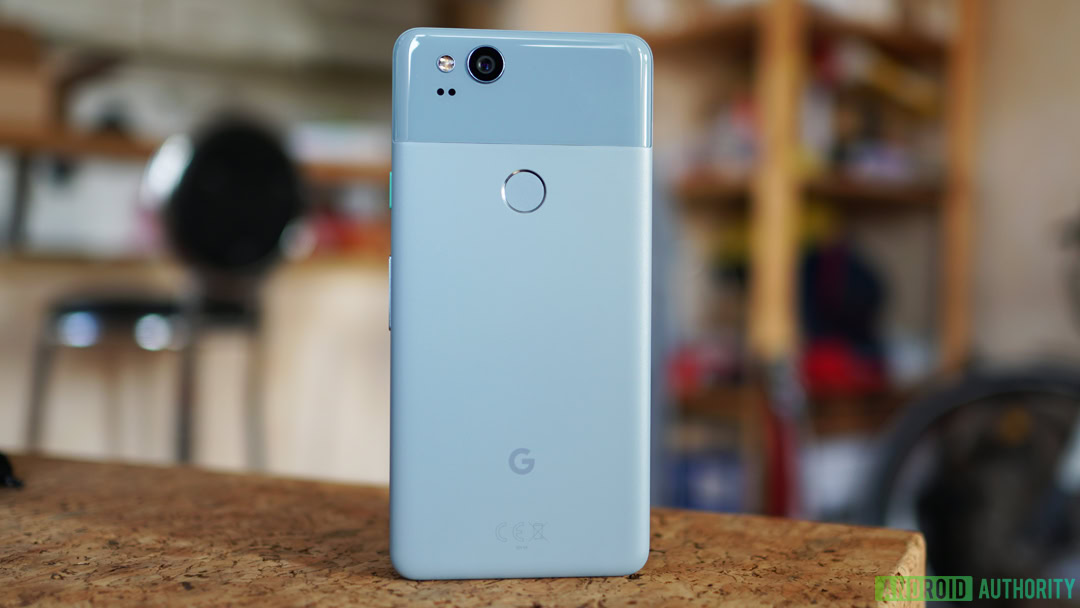
Google sought to keep the entry point to the Google Pixel prices reasonably affordable with the arrival of the Pixel 2. The company stuck to its $649 ($772 today) base entry point for 64GB storage and $749 for the 128GB version. However, Google saw room for a price hike with the Pixel 2 XL. Its base cost leaped to $849 and $949 for the 128GB variant, a full $80 more than its first-generation equivalent.
$80 is hardly the largest price hike in history, but that put the Pixel 2 XL directly up against the $850 Samsung Galaxy S8 Plus. Perhaps not the best move for a phone that would prove to have some battery life and display issues while also daring to ditch the headphone jack ahead of the curve. Google made strides with in-house hardware, though, introducing the Pixel Visual Core to enhance the phone’s AI and image processing capabilities, giving rise to one of the best camera phones on the market.
Even with the considerably high cost in mind, Google did enough to refine its original vision and just about justify the higher price. As we said at the time, you don’t buy a Pixel just for the hardware. Instead, the Pixel 2 series was carried by its stellar software, three years of OS updates, and a best-in-class camera system.
Google Pixel 3 price: $799 – $999 ($928 – $1161)
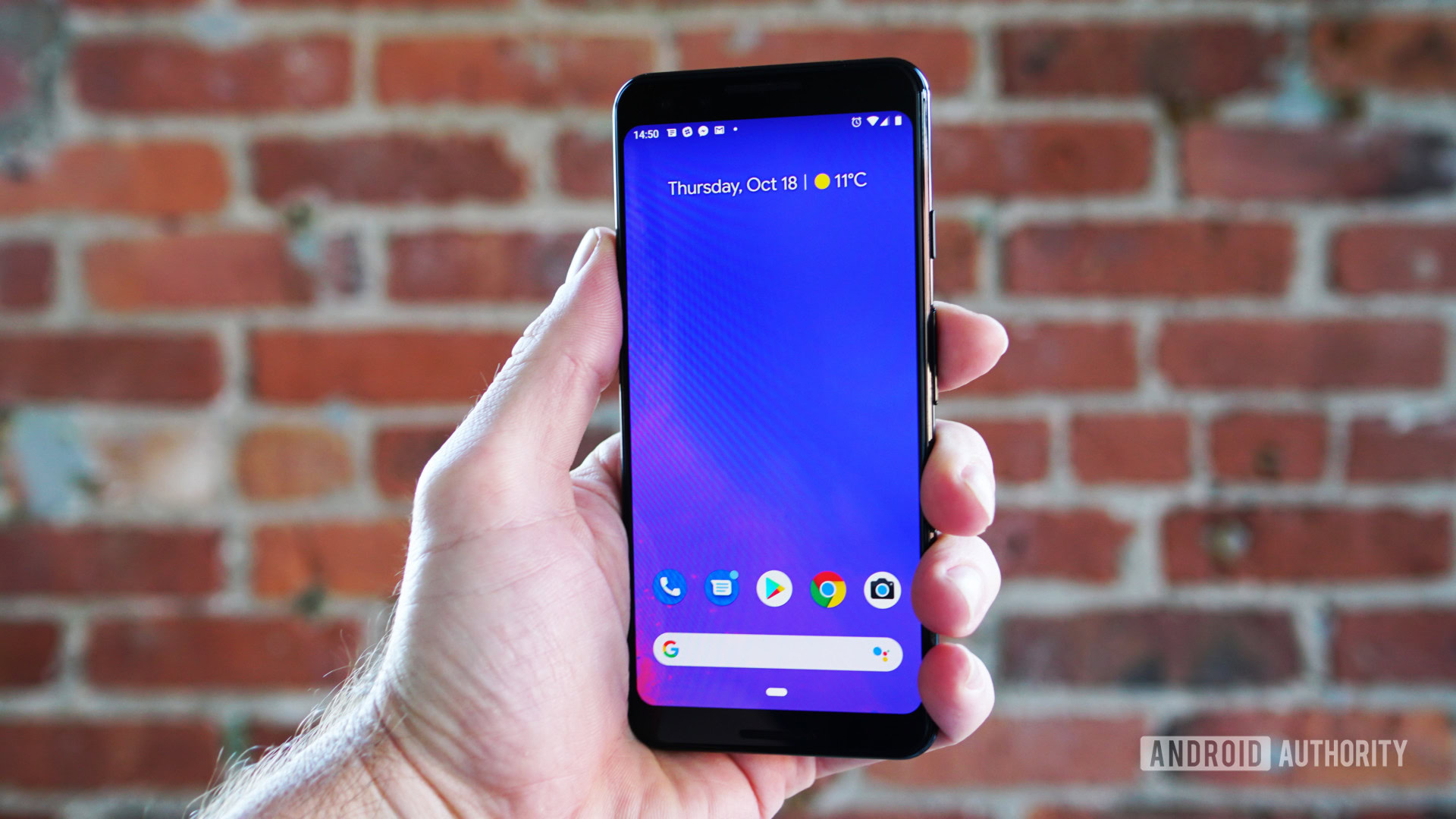
After leading the way with 2017’s Pixel 2 XL, it was only a matter of time until the smaller entry in the series saw its price go up too. That happened a year later with the $799 ($928 today) Google Pixel 3. That’s a full $150 more than the most basic original Pixel and Pixel 2.
At the same time, the Pixel 3 XL saw its price rise by $50 compared to its predecessor. This put the 128GB storage option right on the $999 mark. Pretty pricey for a phone sporting just 4GB of RAM and a single rear camera. This was the year that Apple and Samsung normalized the idea of $1,000+ smartphones, which caused plenty of backlash at the time. Perhaps Google felt justified in keeping pace with the big players.
The Pixel 3's $150 price hike is Google's most controversial (so far).
Google did make efforts to justify the higher Google Pixel prices with more competitive hardware this time around, though. An IP68 water and dust resistance rating, a cracking P-OLED display, a wide-angle selfie camera, wireless charging, and a revamped premium look launched the Pixel series from a flawed but plucky underdog into a mainstream-worthy smartphone. Just don’t mention the unsightly “bathtub” notch on the Pixel 3 XL or the dubious battery life.
Google Pixel 3a price: $399 ($455)
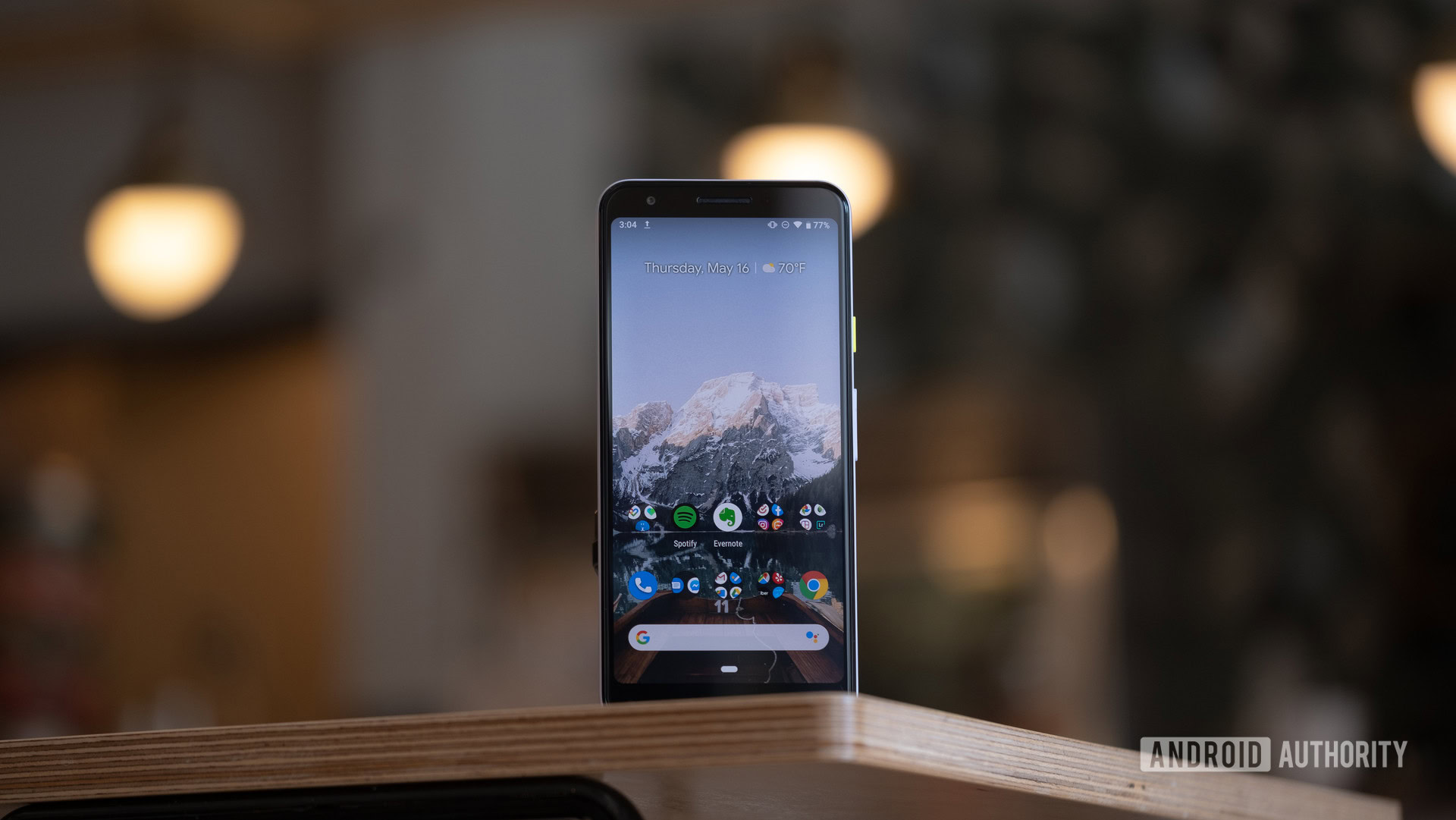
2019’s Pixel 3a marked a significant shift in Google’s smartphone strategy, going with lower Google Pixel prices. With an affordable $399 ($455 today) price tag and $479 for the 3a XL, the Pixel 3a halved the cost of entry into Google’s ecosystem.
Google’s less-than-perfect hardware was easier to overlook at this price point. Plastic bodies, thicker bezels, and slower memory were all perfectly acceptable trade-offs. This was especially true because the Pixel 3a packed in many of Google’s previously high-end software features, including its industry-leading camera capabilities. Better still, the lower-end specs helped ensure Google’s more affordable phones could easily last a full day of use.
Overall, the Pixel 3a XL may have been a tad on the expensive side, especially in markets with plenty of affordable alternatives. But the smaller and cheaper Pixel 3a was a competitive package, priced just right for Western audiences.
Google Pixel 4 price: $799 – $999 ($912 – $1140)
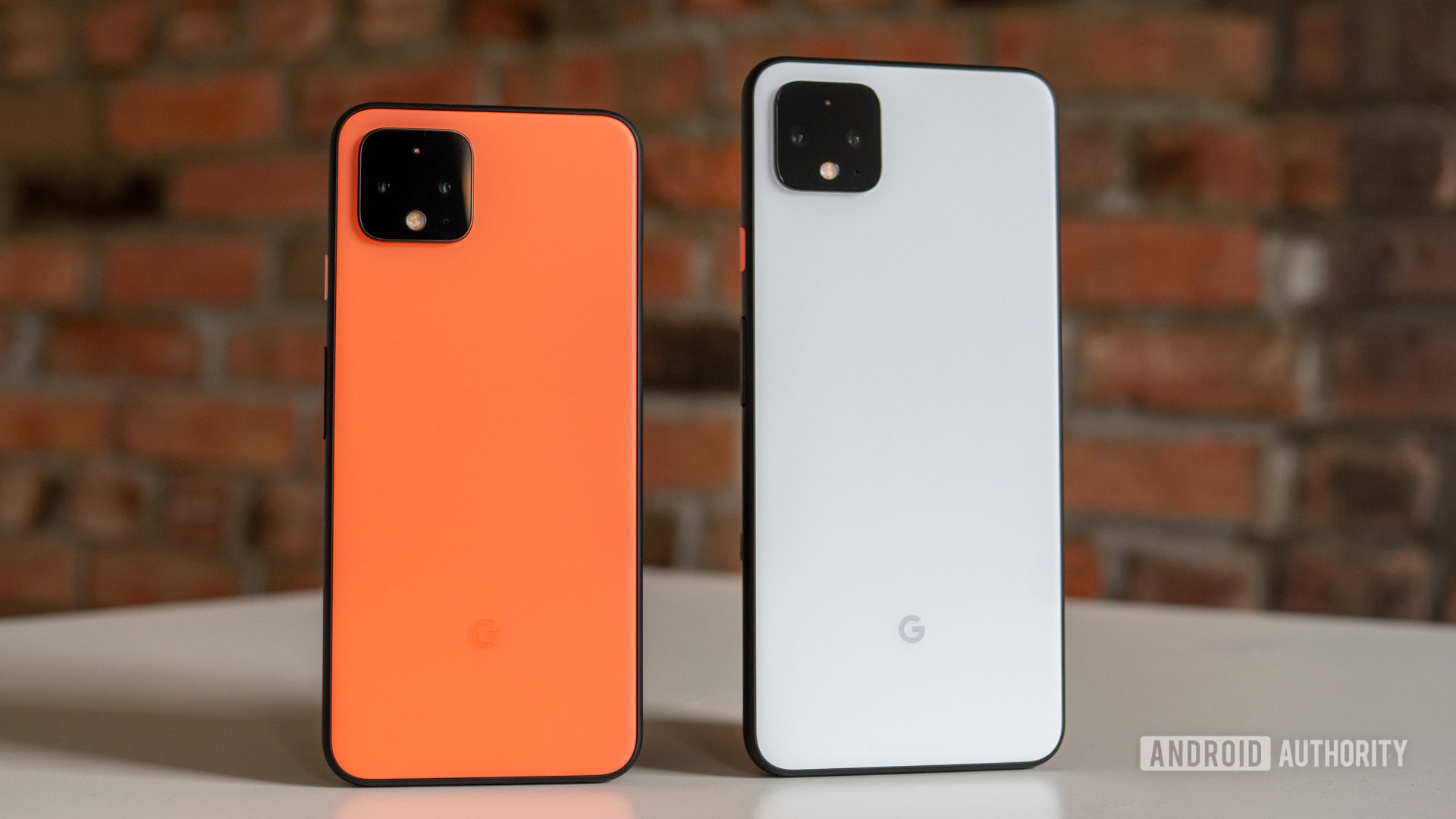
After testing its fans with the Pixel 3 series, there was a collective sigh of relief when Google held off on any further price increases with the Pixel 4 and 4 XL. Both models and storage variants cost precisely the same as the previous generation. In a year of $1,000 smartphones, the Pixel 4’s stagnant price strategy defied the broader industry.
At the same time, the Pixel 4 and 4 XL packed in more hardware than ever before. The phones featured dual-rear cameras and a wide-angle rear lens for the first time. Display quality led the field, and Google was quick onto the 90Hz display trend. The Pixel 4 series also introduced Google’s Motion Sense and Soli radar system. While perhaps not worth the hit to already weak battery life, Motion Sense showcased Google’s continued efforts to marry unique hardware with improved software experiences.
Google’s willingness to experiment continued to be its greatest strength and weakness. While the Pixel 4 offered some of the best camera and software features around, its other features couldn’t quite shake that lack of polish that plagued early Pixels. Until that’s addressed, a flagship Pixel above $1,000 would be a tough sell.
Google Pixel 4a price: $349 – $499 ($393 – $562)
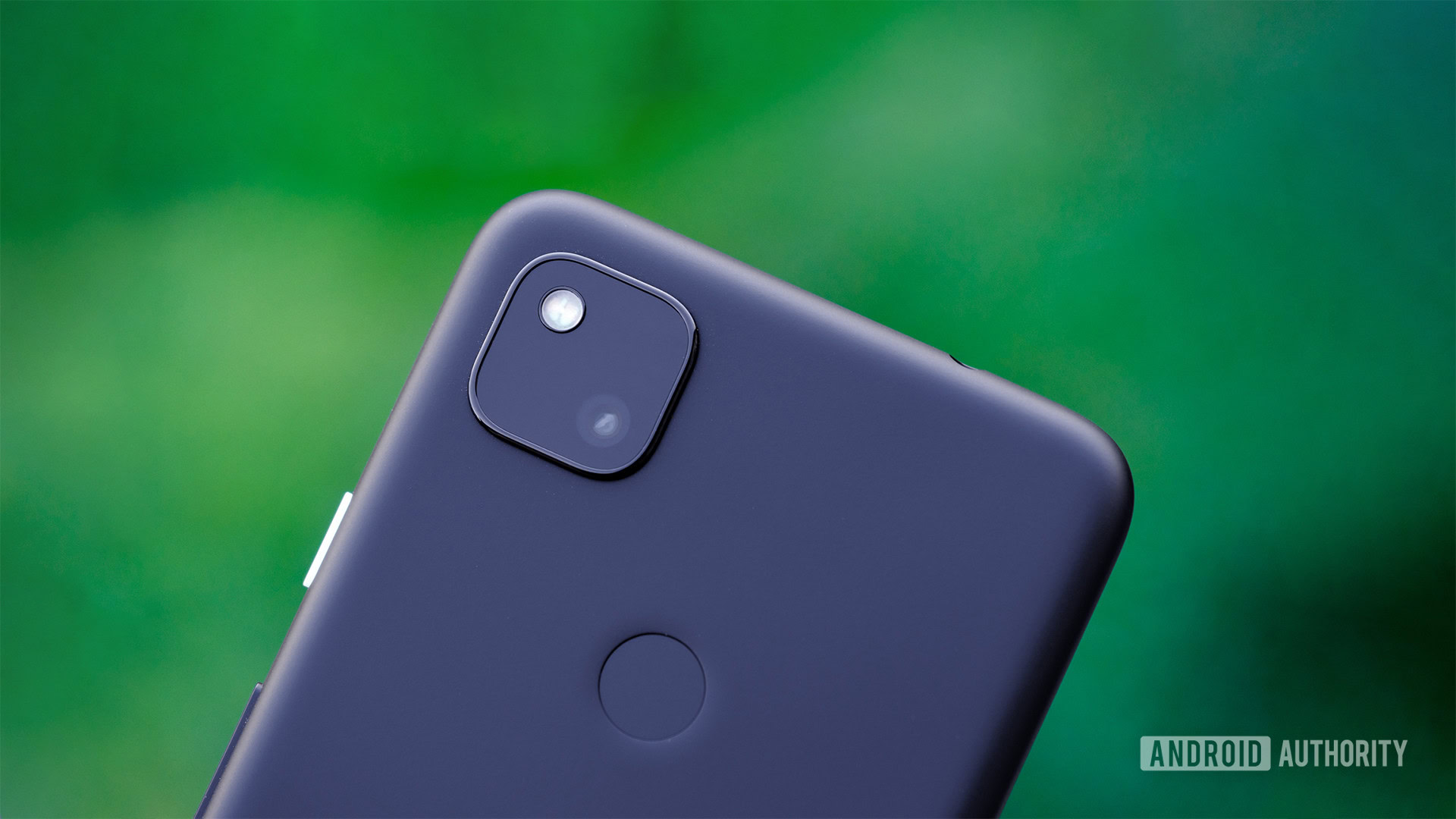
The Pixel 4a was priced at $50 less than the Pixel 3a, which was the first time Google lowered the asking price for this generation. Talk about a bargain.
Better processing hardware does away with the 3a’s occasional jitters, the camera is sublime, and there’s Google’s top-class software, of course—all that for a third of the cost of some flagships. As we said in our review, it offers the best Google experience for way less cash.
However, the Pixel 4a had even more competition than its predecessor. The Apple iPhone SE, the OnePlus Nord (outside the US), and the Samsung Galaxy A51 are all fighting it out at similar price points. Not forgetting a slew of other affordable phones from brands like Xiaomi and realme in Europe and Asia. But the Pixel 4a’s slight price cut gave it an edge in this increasingly busy market segment.
There was no XL model this generation. Instead, you could get the larger Google Pixel 4a 5G, which also supports 5G sub-6GHz data and sports a faster Snapdragon 765G processor. This phone retails for $499, making it $20 more than last year’s 3a XL and more expensive than the 5G-enabled OnePlus Nord. $20 is not a considerable markup for 5G, but it puts the phone in a different market segment to the 4a. The $150 price gap with the Pixel 4a is Google’s biggest yet.
Google Pixel 5 price: $699 ($788)
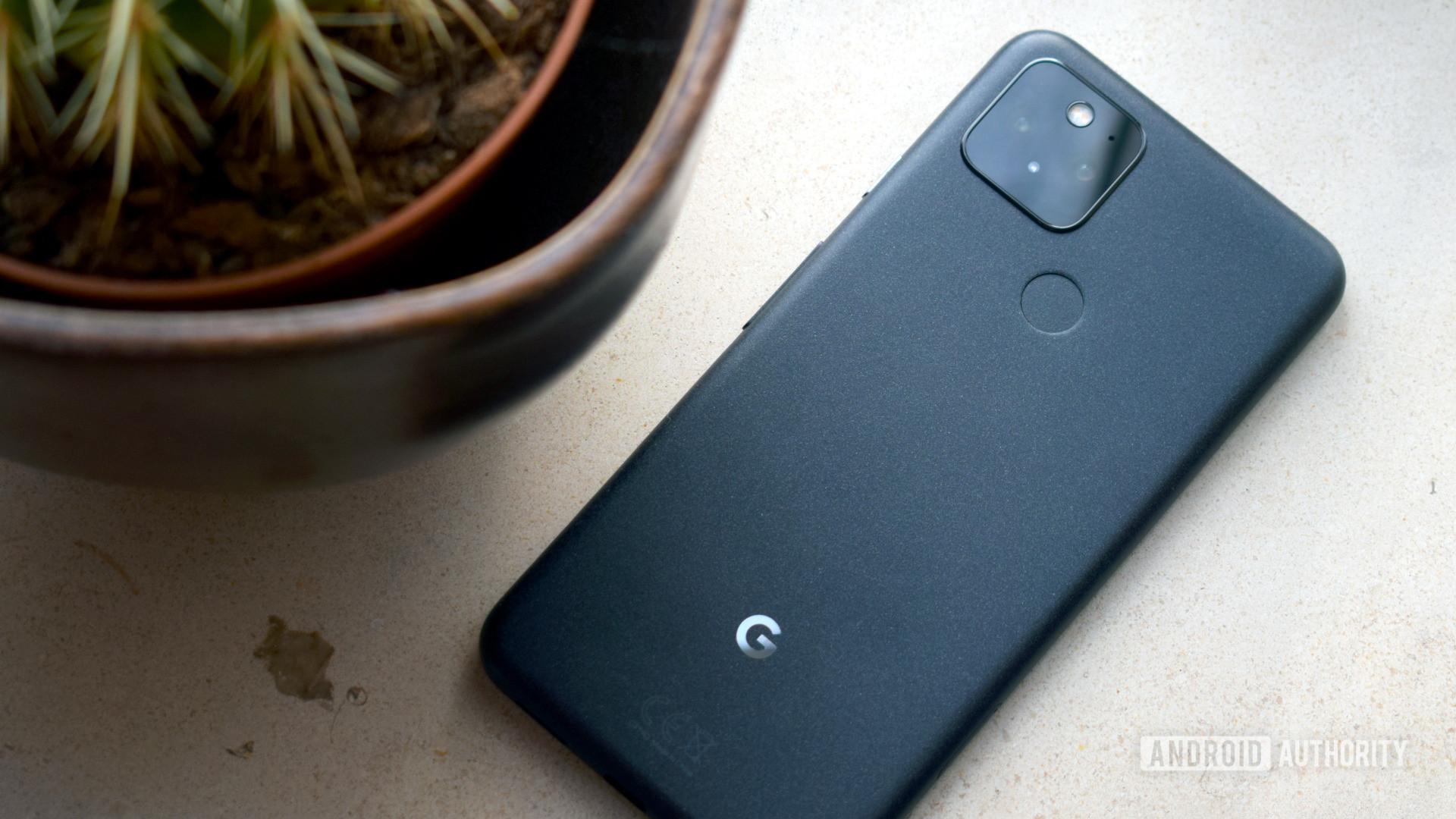
Google’s flagship smartphone for 2020 was the Pixel 5. It breaks away from the company’s previous premium pricing strategy. Priced at $699 ($788 today) in the US, the Pixel 5 is cheaper than both the Pixel 3 and Pixel 4 and is barely any more expensive than the OG Pixel. However, Google had to ditch several high-end features to hit this price point.
This lower price tag nets you a mid-tier Snapdragon 765G processor, an IP68 rating, wireless charging, Google’s 12MP rear camera with a new 16MP wide-angle lens, and 5G with mmWave support for US customers. That’s a very comprehensive package that offers serious value for money. Sadly, a few premium features that debuted with the Pixel 4, such as Face ID, have disappeared.
The move to a more affordable price point makes sense in the broader picture of lackluster Pixel 4 sales and the far better reception of the Pixel 3a series. With 5G pushing prices up, Google switched to a “just works” rather than full bells and whistles approach with the Pixel 5.
Google Pixel 5a price: $449 ($483)
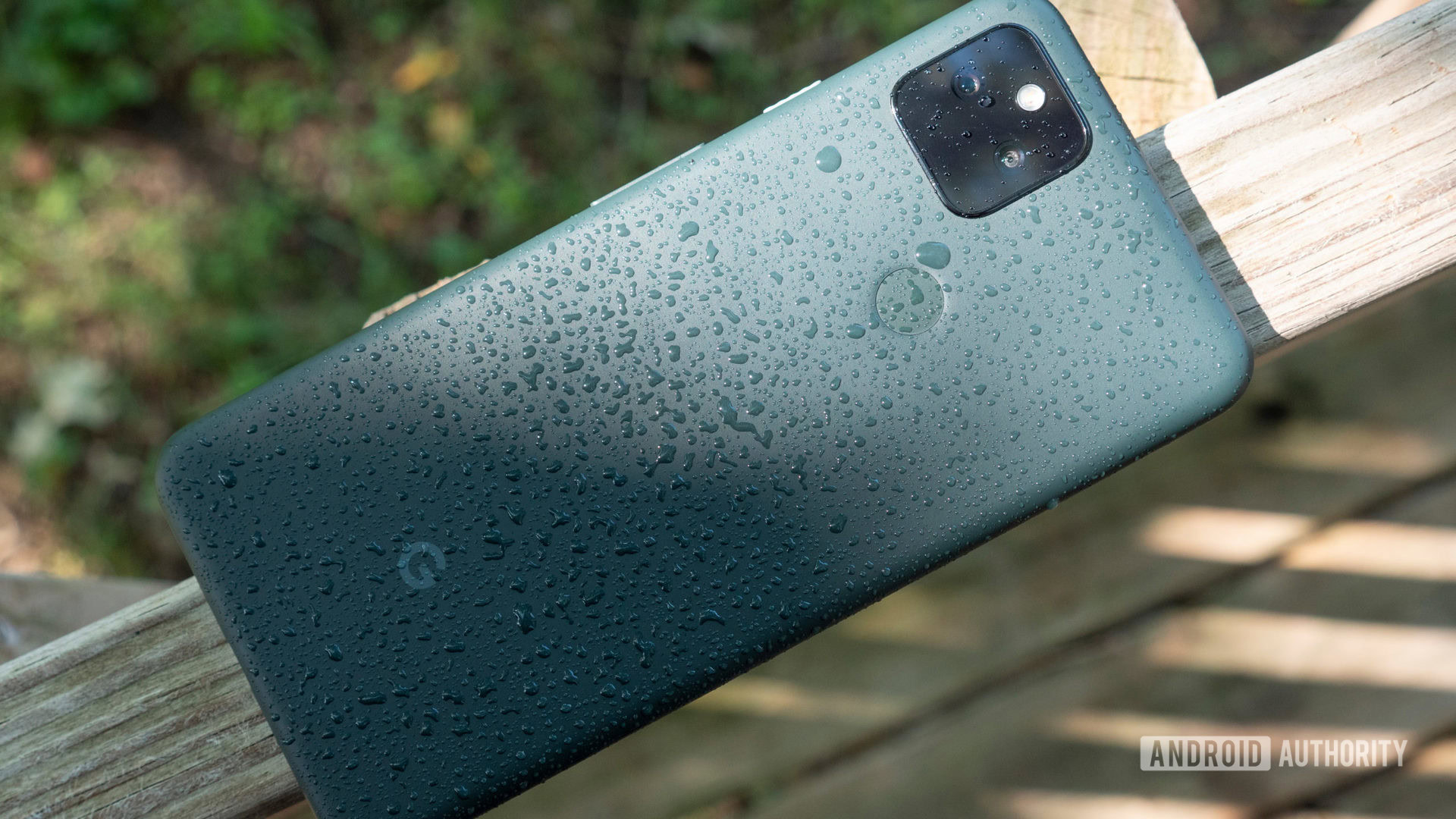
The Google Pixel 5a 5G launched without much fanfare, and for good reason. It is pretty much just a slightly improved version of the Pixel 4a 5G. In fact, aesthetics are nearly identical. You would be hard-pressed to differentiate between the two handsets. There’s also not much of a change in the spec sheet, but some key elements might make it more enticing than the previous 5G Pixel.
At $449 ($483 today), the Pixel 5a costs $50 less than the Pixel 4a 5G. Not only that, but it’s a slightly better phone in multiple departments. For starters, it comes with an IP67 rating, making it resistant to both water and dust. This is a feature neither of the Pixel 4a devices came with.
The newer Pixel 5a also features a slightly bigger 6.34-inch display and a larger 4,680mAh battery. All other specs seem identical to the Pixel 4a 5G, though. This made it a great alternative to buy in 2021. With that said, it was hardly worth upgrading if you already had the Pixel 4a 5G, not to mention the competition, which was pretty fierce in 2021.
Google Pixel 6 prices: $599 – $1,099 ($645 – $1183)
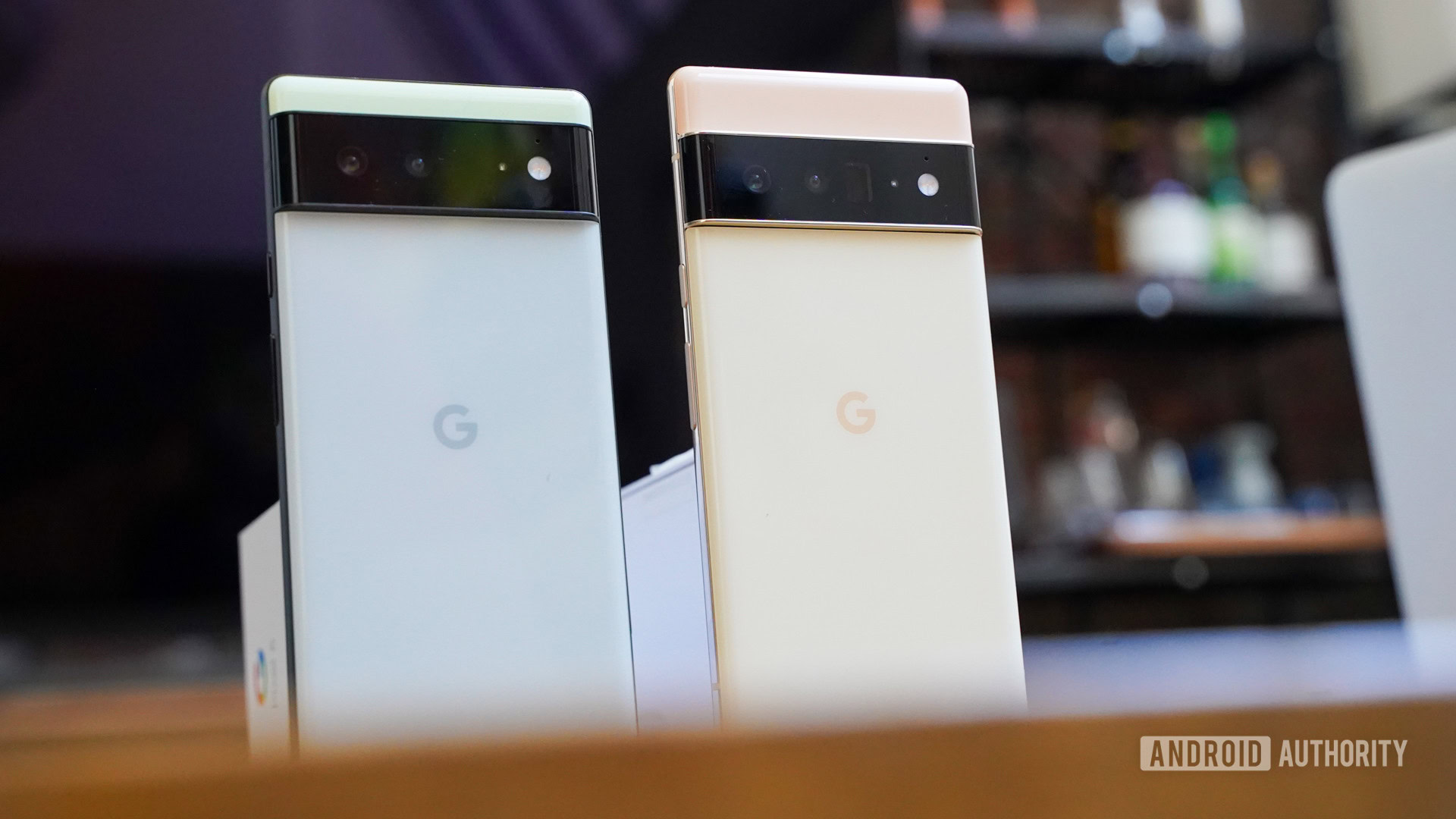
The Google Pixel 6 series came blasting doors with an all-new design that is sure to turn some heads. We can’t deny they look great, are built amazingly, and the company has taken things up a notch with their hardware, too. These are genuine flagship contenders, which would make anyone worried about the price.
We’re still surprised to see that, while the Pixel 6 does much more to differentiate itself from the crowd, it’s actually cheaper than the Pixel 5 at launch. The base Pixel 6 costs $599 (645 today) for the 128GB version, which is a very aggressive price point. The 256GB variant comes in at $699 ($753 today)
On the other side of the spectrum, the most expensive Pixel 6 Pro can cost as much as $1,099 for the 512GB unit, which is the highest we’ve seen a Pixel price go. The 128GB base version sits more comfortably at $899, though, which is still an affordable price given the specs and features the phone comes with. There’s also a 256GB variant available that costs $999.
Regardless of which you pick, all Pixel 6 devices offer impressive specs. They’re the first to come with a Google-made chipset — the Tensor. It should provide great performance and tight integration with the rest of the hardware. Other specs don’t disappoint, either. You can learn all about them in our Pixel 6 series buyer’s guide.
Google Pixel 6a price: $449
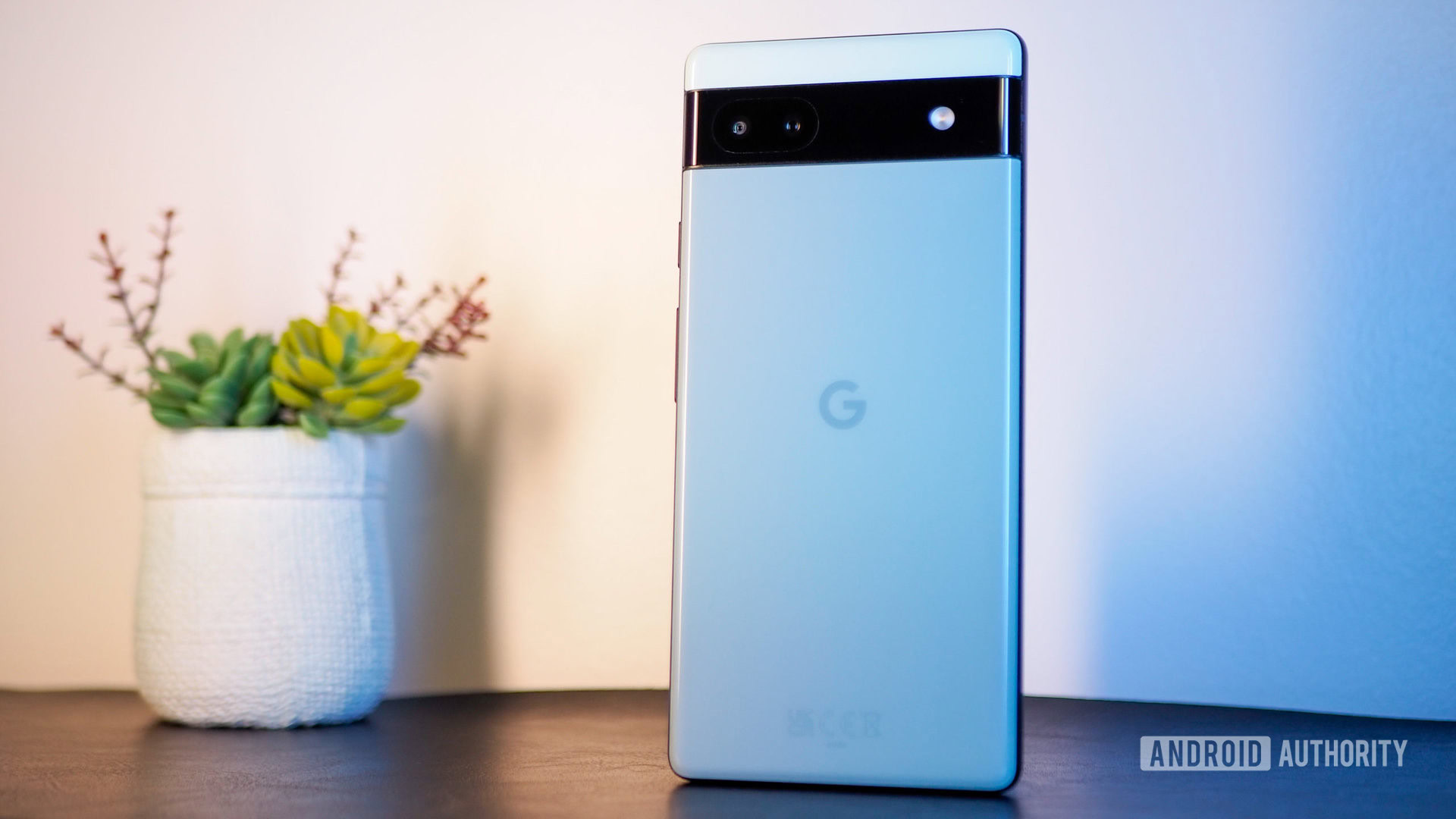
The Pixel 6a adopted the design of its higher-spec’d flagship siblings while maintaining the same affordable price point as the previous Pixel 5a. It was the first Google Pixel phone to release in 2022. Unlike the Pixel 5a, which you could only buy officially in the US and Japan, the Pixel 6a was available in more than a dozen additional countries throughout Europe and Asia.
The Pixel 6a was the first in the Pixel A Series to house Google’s Tensor chip, delivering much more powerful performance, though at the cost of taking a hit in battery life. It saw the loss of the headphone jack, which the Pixel 5a supported, but it did bring the latest connectivity options onboard, like Bluetooth 5.2 and Wi-Fi 6E, making for a more future-proof phone at this price tier over the Pixel 5a.
Even though the Pixel 6a featured a more modern camera bar, the cameras were pretty much the same as the Pixel 5a, except for switching to a 12MP ultrawide over the previous 16MP ultrawide lens. It also featured a slightly smaller battery with the same 18W wired charging and switched to a plastic back instead of aluminum, sometimes making it a little hot to hold. Still, between the upgraded chipset and in-display fingerprint scanner, the Pixel 6a offers more than the Pixel 5a for the same money.
Google Pixel 7 prices: $599 – $899
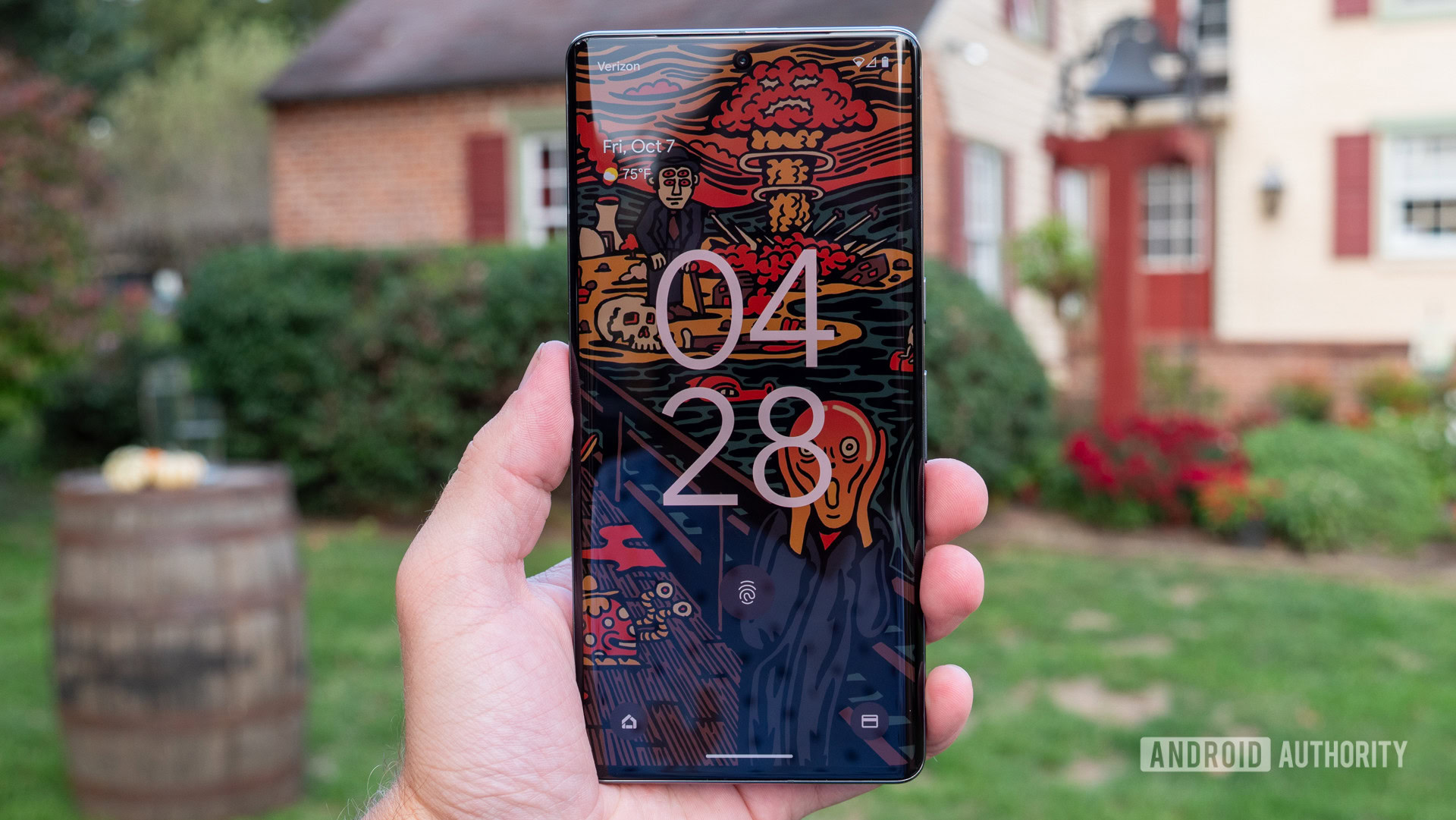
In 2022, Google released two new flagship smartphones – the Pixel 7 and the Pixel 7 Pro. The Pixel 7 is the smaller and more affordable of the two, starting at $599 for the 128GB model and $699 for the 256GB version. They both offer a clean software experience, featuring the new Tensor G2 chipset, a brighter screen, and an improved design with a more professional-looking metal camera bar at the back. While the Pixel 7 did have a slightly smaller battery than the Pixel 6, we didn’t find any significant differences in battery life in our testing.
On the other hand, the Pixel 7 Pro launched at $899 ($200 less than the Pixel 6 Pro) and offers a larger display with a higher resolution, an extra camera at the back, and a bigger battery. They also offered a 256GB variant for $999 and a 512GB variant for $1,099 (the price for the base version of the Pixel 6 Pro).
In short, The Pixel 7 Pro is the centerpiece of Google’s ecosystem ambitions. It offers long-term software support, Pixel-only features, and solid battery life, making it arguably Google’s greatest smartphone to date, which is why it was our pick for the best phone in 2022. And despite offering all these features, it still managed to undercut its direct competition by $100.
Google Pixel price history: The big picture
While the cheapest Pixel 4 option costs $150 more than the original Pixel’s launch four years ago, the Pixel 5 has brought the cost of entry tumbling back down, and the Pixel 6 decreased the price even further while offering much more. Years of consecutive mark-ups that followed broader industry pricing trends have been set almost straight to square one. Google’s Pixel range is now much more competitively priced than flagships from rivals Apple and Samsung, which continue to push four-figure sums.
Only the highest-specced Pixel 6 Pro has dared venture north of the $1,000 mark. And that price is only for users who want a whole 512GB of storage. Most people can keep costs well under $1,000 and still get a fantastic device. And the regular Pixel 7 is only $599!
The Pixel series was becoming increasingly expensive, which, while controversial, did offer a clear-cut difference between the more affordable Pixel “a” range. The lines between premium and affordable are starting to blur now.
Google’s affordable series has become cheaper, though. The Pixel 4a is a crisp $50 cheaper than the Pixel 3a and comes with some much-improved hardware and Google’s blend of software excellence. The Pixel 6a retails at $449. And while it isn’t an amazing upgrade, it’s still a very affordable entry point into the 5G market.
Are Pixel phones getting more or less expensive?
Below you’ll find a table comparing the original price, the price adjusted for inflation, as well as the differences in the original price and inflation-adjusted prices of every Pixel phone to date.
Please note that these calculations were based on subtracting the original price of each device from the original price of the previous device in the series, as well as subtracting the inflation-adjusted price of each device from the inflation-adjusted price of the previous device in the series. In some instances, such as the very first Pixel phone, there are no previous models to compare it with.
| Original Price | Price adjusted for Inflation | Price difference | Price difference adjusted for inflation | |
|---|---|---|---|---|
Google Pixel | Original Price $649 | Price adjusted for Inflation $789 | Price difference n/a | Price difference adjusted for inflation n/a |
Google Pixel XL | Original Price $869 | Price adjusted for Inflation $1056 | Price difference n/a | Price difference adjusted for inflation n/a |
Pixel 2 | Original Price $649 | Price adjusted for Inflation $772 | Price difference $0 | Price difference adjusted for inflation $17 |
Pixel 2 XL | Original Price $949 | Price adjusted for Inflation $1129 | Price difference $80 | Price difference adjusted for inflation $73 |
Pixel 3 | Original Price $799 | Price adjusted for Inflation $928 | Price difference $150 | Price difference adjusted for inflation $156 |
Pixel 3 XL | Original Price $999 | Price adjusted for Inflation $1161 | Price difference $50 | Price difference adjusted for inflation $32 |
Pixel 3a | Original Price $399 | Price adjusted for Inflation $455 | Price difference n/a | Price difference adjusted for inflation n/a |
Pixel 4 | Original Price $799 | Price adjusted for Inflation $912 | Price difference $0 | Price difference adjusted for inflation -$16 |
Pixel 4 XL | Original Price $999 | Price adjusted for Inflation $1140 | Price difference $0 | Price difference adjusted for inflation -$21 |
Pixel 4a | Original Price $349 | Price adjusted for Inflation $393 | Price difference -$50 | Price difference adjusted for inflation -$62 |
Pixel 4a 5G | Original Price $449 | Price adjusted for Inflation $499 | Price difference n/a | Price difference adjusted for inflation n/a |
Pixel 5 | Original Price $699 | Price adjusted for Inflation $788 | Price difference -$100 | Price difference adjusted for inflation -$124 |
Pixel 5a | Original Price $449 | Price adjusted for Inflation $483 | Price difference $100 | Price difference adjusted for inflation $90 |
Pixel 6 | Original Price $599 | Price adjusted for Inflation $645 | Price difference -$100 | Price difference adjusted for inflation $86 |
Pixel 6a | Original Price $449 | Price adjusted for Inflation $464 | Price difference $0 | Price difference adjusted for inflation $0 |
Pixel 6 Pro | Original Price $1099 | Price adjusted for Inflation $1183 | Price difference n/a | Price difference adjusted for inflation n/a |
Pixel 7 | Original Price $599 | Price adjusted for Inflation $599 | Price difference $0 | Price difference adjusted for inflation -$46 |
Pixel 7 Pro | Original Price $899 | Price adjusted for Inflation $899 | Price difference -$200 | Price difference adjusted for inflation -$284 |
The original prices of Pixel devices have generally trended upward over time, with a few exceptions, such as the Pixel 3a and Pixel 4a. This suggests that the cost of producing these devices has increased or that Google is positioning the devices as higher-end products that command a premium price.
Furthermore, when adjusted for inflation, the price history of Pixel devices reveals some interesting trends. For example, some earlier devices, such as the Pixel 3, were significantly more expensive than the Pixel 2 when adjusted for inflation than more recent devices like the Pixel 5a compared to the Pixel 4a. This may reflect changes in the market or competition from other manufacturers.
Lastly, the chart also highlights the different pricing strategies that Google has employed for its Pixel devices over time. For example, the Pixel 3 and Pixel 4 were both priced around $800, but the more recent Pixel 5 and Pixel 6 were priced below $700. This suggests that Google is willing to experiment with different price points and positioning strategies to appeal to different segments of the market.
What do you think about the range of Google Pixel prices and its two-tier approach to devices?